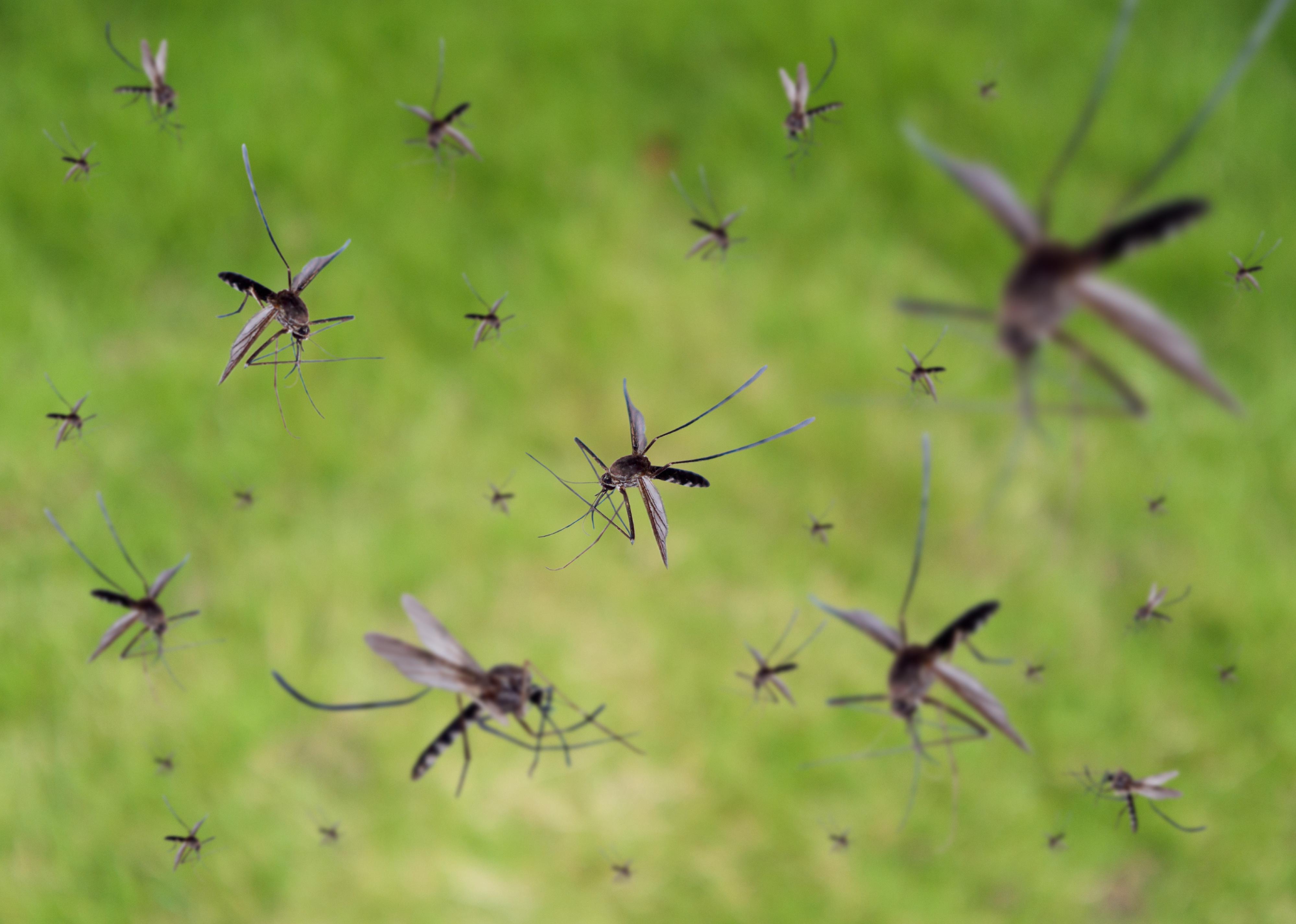
More mosquitoes: How climate change has affected Rhode Island
More mosquitoes: How climate change has affected Rhode Island
The latest United Nations Intergovernmental Panel on Climate Change (IPCC) report is yet another reminder of the dire effects of climate change. While climate projections often look to the future when discussing the worst impacts of climate change, we are in fact already experiencing its effects across the United States. To better understand how climate change is impacting the country, Stacker compiled a list of the impacts of climate change in every state, using local and national news stories, government reports, and scientific journal articles.
While these impacts are weather-related—for example, heat waves, droughts, or storms—individual weather events cannot be attributed to climate change on their own. Rather, it is when these events are seen within larger trends that they can be understood as part of a pattern that has come out of the changing climate.
Keep reading to learn about how your state has been impacted by climate change, or read the national story here.
Rhode Island: More mosquitoes
As temperatures rise in Rhode Island, so do the number of mosquitoes. Between 1980 and 1989, there was an average of 97 days per year that the state experienced temperatures ideal for mosquitoes. That number has risen, however, and since 2006, there are 113 of those days per year. And mosquitoes aren't just annoying—they bring diseases with them, such as Eastern equine encephalitis and West Nile virus.
Across the country, there are trends of rising temperatures, storms of increasing frequency and severity, and more erratic precipitation patterns, causing disruptions to the food systems and sometimes even resulting in death. While the U.S. government has set a target to reduce greenhouse gas emissions by at least 50% by 2030, it is clear that the climate emergency is already taking place, and along with emissions reductions, mitigation of the impacts of climate change must be prioritized as well.
Read below to see how other states in your region have been affected by climate change.
Connecticut: More 100-year storms
Connecticut is located on the Eastern Seaboard; the entire southern side of the state is the Atlantic coast. Because of climate change, the Atlantic hurricane season is now seeing more major storms (Category 3 or higher) than before. In early September 2021, Connecticut was hit by the remnants of Hurricane Ida and experienced flooding and around 190 power outages. "[Heavy rainfall events] are very low frequency, but they are becoming more frequent as the climate changes," Peter Raymon, a Yale professor of ecosystem ecology, said in an article from the Yale Daily News. "It is predicted by all the models and is already showing up in our data. We have more rainfall coming in these larger events than we used to."
Massachusetts: Duller leaves
Because of warmer temperatures, the fall colors of New England states like Massachusetts are coming later and are harder to predict. Additionally, extreme weather events have also caused the color of leaves to be duller and have sometimes stopped the seasons altogether. What's more, due to the changing temperatures, the distribution of the trees themselves has already started to change and will likely change further. Already in Massachusetts, there are more poplar trees, meaning more yellow and less red color in the fall.



